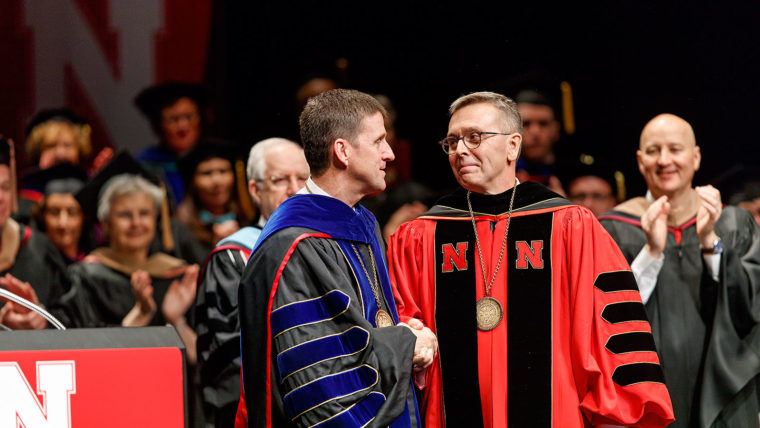The presidential search process can be a time of optimism for the institution or has the potential to bog down the college while waiting for a new leader. Unfortunately, we know very little about the presidential search process in higher education despite the growing challenges facing presidents today. Recently, the American Council on Education (ACE) released the long-awaited report, American College President Study 2017. The ACE president studies are the most comprehensive available and provide a wealth of insights into the presidency. In a series of posts (the first post considered demographics), I am going to consider the major findings of the study and the implications for higher education. In today’s post, I will examine the college president search process in higher education to see what insights can be gained and additional research questions need to be considered.

The American College President Study is based on survey responses from 1,546 presidents and chancellors from various types of higher education institutions.
This national survey of presidents is administered by ACE and offers the most detailed and long standing information regarding presidents.
The survey regularly captures demographic data, career trajectories, and the major duties and responsibilities in addition to more timely questions such as around political climate.
ACE found several important trends related to the search and selection process that raise as many questions as they help answer.
Growing use of search consultants
While consultants have a long standing history in higher education (44% of presidents hired between 1978-1985 used a consultant), the use of consultants has grown in recent years.
Approximately 70% of searches since 2011 used a consultant compared to just about 50% in the 1990s.
What remains unclear are what factors are driving the increased use of consultants in the last 10 years or so.
Several potential answers may explain the reliance on consultants from sunshine/open record laws, declining pool of potential candidates, or the increased demands on presidents.
Researchers could provide helpful answers to these questions by studying the decision to use a consultant in presidential searches as well as other senior leadership roles on campus.
What do I not know?
One of the more interesting insights in the presidents survey comes from what presidents knew before taking their jobs. Were they properly prepared for the challenges and expectations that would confront them?
Approximately 70% reported that they had good understanding of the current challenges facing the institution as well as the financial condition of the institution. Slightly more, about 80%, came into the presidency with an sense of the institution and board’s expectations of them.
While it is good news that the majority of presidents walked in the door eyes wide open, I’m fascinated to know more about the almost 30% who did not have this information.
What happened to these presidents? Were they successful? Do they leave the institution at higher rates? Is there a correlation to this finding and the rise of involuntary turnovers that I’ve studied previously?
Also, what can we do in the search process to improve this? Is this even a number that can be improved? Do search consultants help with this lack of information?
Like some presidents, I have more questions than answers.
Salary AND benefits
There’s plenty of talk these days about the high levels of presidential salaries that mirrors much of the concern regarding CEO salaries more generally.
The ACE study provides a nice breakdown of presidential employment benefits by sector and control.
The top 10 benefits across all institutions are:
1) Pension/retirement contributions (80.3%)
2) Life insurance (66.6%)
3) Automobiles (66.3%)
4) Professional association memberships (42.2%)
5) Presidential residence (39.1%)
6) Social club membership (38%)
7) Entertainment budget (37.1%)
7) Health and wellness (37.1%)
9) Deferred compensation (36.7%)
10) Salary increase based on merit (35.5%)
Some variation exists across sectors of higher education. For example, presidential residences, social clubs, and entertainment budgets were more likely found in doctoral institutions and other four year institutions. Paid consulting opportunities and sabbaticals were found at similar rates across institutions.
A couple of key research questions regarding presidential compensation exist. First, how do sector and control influence the types of compensation provided. Second, to what extent do the types of employment benefits suggest the roles of the president. For example, does an entertainment budget imply a greater role in development than an institution that doesn’t have one?
The presidential search process in higher education
Despite their high profile roles, college presidents and, just as important, the presidential search process in higher education are woefully under examined in our field. ACE provides a valuable resource that helps provide a glimpse into the process, but many questions remain. The better we can understand the presidential search process in higher education, the better we will be able to help set presidents up for success in their new roles.

